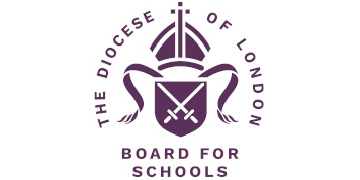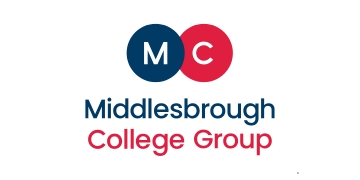The proportion of pupils entering the EBacc suite of qualifications has decreased again this year, leaving the government even further from its target.
Key stage 4 performance data published today also shows how according to the government’s own metric, the disadvantage gap widened this year to its highest level since 2014-15.
According to the disadvantage gap index, the gap widened to 3.79 this year, up from 3.66 in 2020 and 3.7 in 2019. It was already known the gap had grown after GCSE results were published, but the DfE has only today published its own data.
Today’s data also shows 38.7 per cent of pupils nationally entered the full suite of EBacc qualifications – English, maths, science, history or geography and a language – in 2020-21.
This was down from 39.8 per cent in 2019-20 and 40 per cent in 2018-19.
However, the proportion of pupils entering four or more components has continued rising. This year 87.7 per cent of pupils entered four or more EBacc components, up from 87.3 per cent in 2020 and 86.5 per cent in 2019.
The fall in the overall entry rate appears to have been driven in part by a decrease in language entries.
Although entries to the science and humanities pillars increased this year, entries to languages continued to dwindle, with 45 per cent entering that component, down from 46.1 per cent the year before.
The government had initially wanted to see 90 per cent of pupils enter the EBacc by 2020, but this target was pushed back to 2025.
Because of the Covid-19 pandemic and the cancellation of exams, most performance data is not being included in league tables for 2020 or 2021.
But the Department for Education has published some data today to “maintain the continuity of information”.
The data shows the average attainment 8 score of all pupils increased to 50.9 this year, up from 50.2 in 2020 and 46.7 in 2019. It comes after GCSE results showed a big increase in the proportion of top grades following a move to teacher-assessed grades.
The average EBacc average point score per pupil also rose to 4.45, from 4.38 last year and 4.07 in 2019.
















Your thoughts